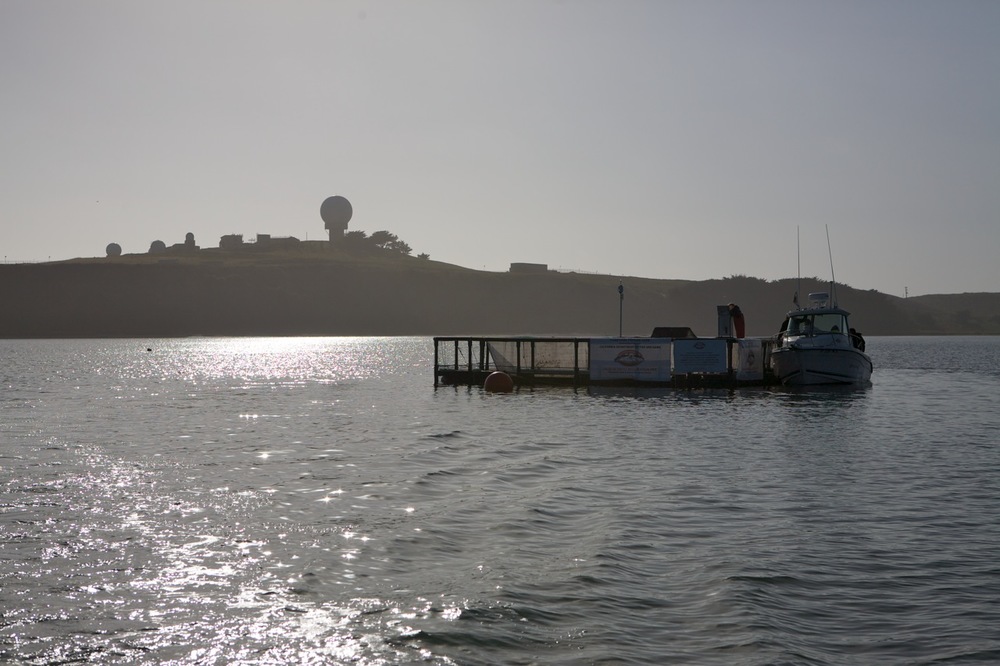While serving two 4-year terms as an elected San Mateo County Harbor Commissioner, Brennan advocated for a living shoreline at the Pillar Point West Trail to reduce erosion and improve beach and trail access.
For over 6-years, Brennan waged a knock-down, drag-out battle to stop the Harbor District from building a seawall that would have increased erosion and compromised public access to Mavericks Beach. In place of a seawall, Brennan advocated for the development of a living shoreline near Pillar Point Marsh. Regardless of her vocal opposition to hard armoring and concerns about environmental impacts the Harbor District spent hundreds of thousands of dollars engineering a seawall.
Originally, the board of Harbor Commissioners voted (4-1) to build a seawall. After Ed Larenas was elected the vote to fund the seawall was 3-2. Unwilling to accept defeat, Brennan scheduling a meeting to discuss alternatives with Coastal Commission staff. At the meeting, Brennan and Larenas pitched the benefits of a living shoreline project. Following the meeting, Coastal staff directed the Harbor District to redesign the project.
In February 2021, a Coastal Development Permit for a living shoreline project was unanimously approved by the Coastal Commission. Brennan attended the meeting and thanked ESA for their work on the project.
On Feb 12, 2021, the living shoreline project was approved unanimously by the Coastal Commission (Agenda Item F13c). The sand replenishment project will improve public access to Mavericks Beach.
The living shoreline will be located along the western edge of Pillar Point Harbor. The West Trail varies in width from 8 to 18 feet and connects a pedestrian pathway from the West Point Ave access and parking area to the Pillar Point outer harbor and Mavericks Beach. The project area has experienced chronic coastal erosion, resulting in degradation of the existing trail and creating hazardous conditions for trail users. The erosion threatens the structural integrity of the trail for public and emergency vehicle use.
The project includes the stabilization of the West Trail and stormwater system improvements. To protect and stabilize the trail, the project will include the construction of a nourished beach with an elevated dune adjacent to, and east of, 300 feet of trail.
A cobble berm (otherwise known as a dynamic revetment) and two rock fingers extending perpendicular from the trail will be buried beneath the surface of the shoreline and dune. Stormwater improvements will address the aesthetics, function, and maintenance needs of the existing storm drain system as well as provide water quality improvements to the harbor.
The project will be complete in 2022.







